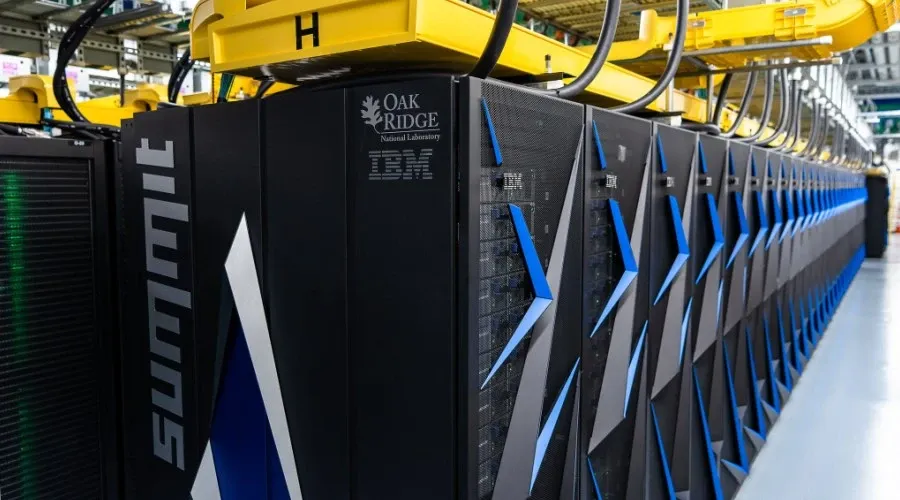Meta Announced Its New AI Chip
Meta Platforms unveiled the second generation of its Meta Training and Inference Accelerator (MTIA) AI chip.

IBM announced that it is the only vendor to have multiple systems in the Top 10 of the semi-annual Top500 and Green500 supercomputer lists.
This includes the US Dept of Energy's Summit and Sierra supercomputers, the overall number one and number two most powerful supercomputers in the world, along with the Lassen Supercomputer built for Lawrence Livermore National Labs. IBM also teamed with Total, a global oil producer, for the world's most powerful commercial supercomputer that debuted on the Top500 list at #11.
IBM Highlights from this iteration of the Top500 list and Green500 list, rank systems by performance and energy efficiency, respectfully include the number one overall aggregate performance score using 14x fewer systems than the number two overall, three Systems in the Top 10 of the Top 500, the most of any vendor, four systems in the Top 10 of the Green500, the most of any vendor, and the only vendor to have multiple systems in the Top 10 of the both the Top500 and the Green500.
"IBM was an early-adopter of data-centric design principles, and when we began developing POWER9 for the HPC industry we maintained that we wanted it to be measured by application performance," said IBM Vice President of Exascale Systems David Turek. "Our systems appearing in the top ranks for both performance and energy efficiency is a testament to our efforts. Also, seeing this technology now permeate into commercial systems is an important development for the industry as we evolve these workloads for both traditional and deep learning applications.
IBM POWER9's approach to memory bandwidth allows for 9.5x faster data transfer between the processor and its attached accelerators vs compared x86. As part of the OpenPOWER Foundation, IBM worked with NVIDIA to jointly develop the industry's only CPU-to-GPU NVLink connection, which allows for 5.6x faster memory bandwidth between the CPU and Tesla V100 Tensorcore GPUs than compared x86-based systems. This allows for nearly a 4x reduction in AI model training versus the compared x86 based systems.